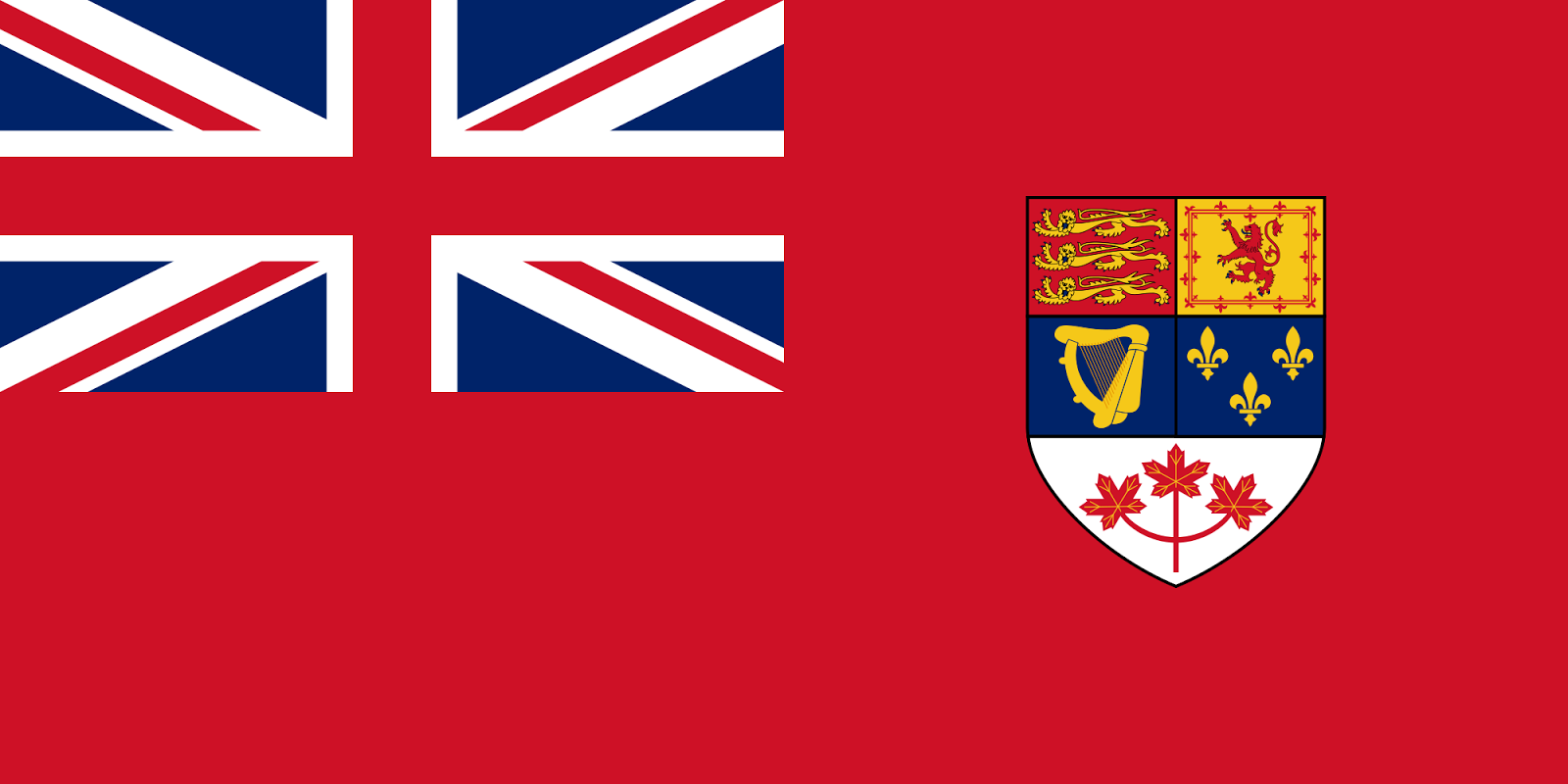 |
| Andersen |
One of the great benefits of having children is having an excuse to re-read children’s stories. For the best writing of all is writing for children, or at least writing that children can understand. You would think that the most difficult concepts would be too hard to understand to be handled by children’s books. Not so at all. Nobody handles more difficult concepts than Hans Christian Andersen. Lewis Carroll’s Alice books are a well of philosophical speculation; and, not incidentally, they hold up better than anything else written in English in the Victorian period. Orwell’s Animal Farm is the best analysis of politics anywhere--with the possible exception of Gulliver’s Travels.
As for sheer poetry, sheer brilliant wordplay, it is hard to beat Dr. Seuss.
 |
| Carroll |
The golden age of children’s literature, all agree, was the 19th century. Children are the future: an interest in their care and education went with Victorian optimism. Accordingly, children’s literature in Britain and Europe hit a big road bump with World War I. I posit that the cynicism that war produced among the intelligentsia, and the pessimism about the future, made children’s writing seem like a waste of time and energy.
Children’s literature then seems to have briefly revived in the optimism following World War II: in the 50’s we had Seuss and Narnia, Charlotte’s Web, Roald Dahl, and Maurice Sendak. We thought, for a little while, that the worst evil had been defeated, and the world was going to be a better place from now on. The same thinking at the same time led to the baby boom.













No comments:
Post a Comment